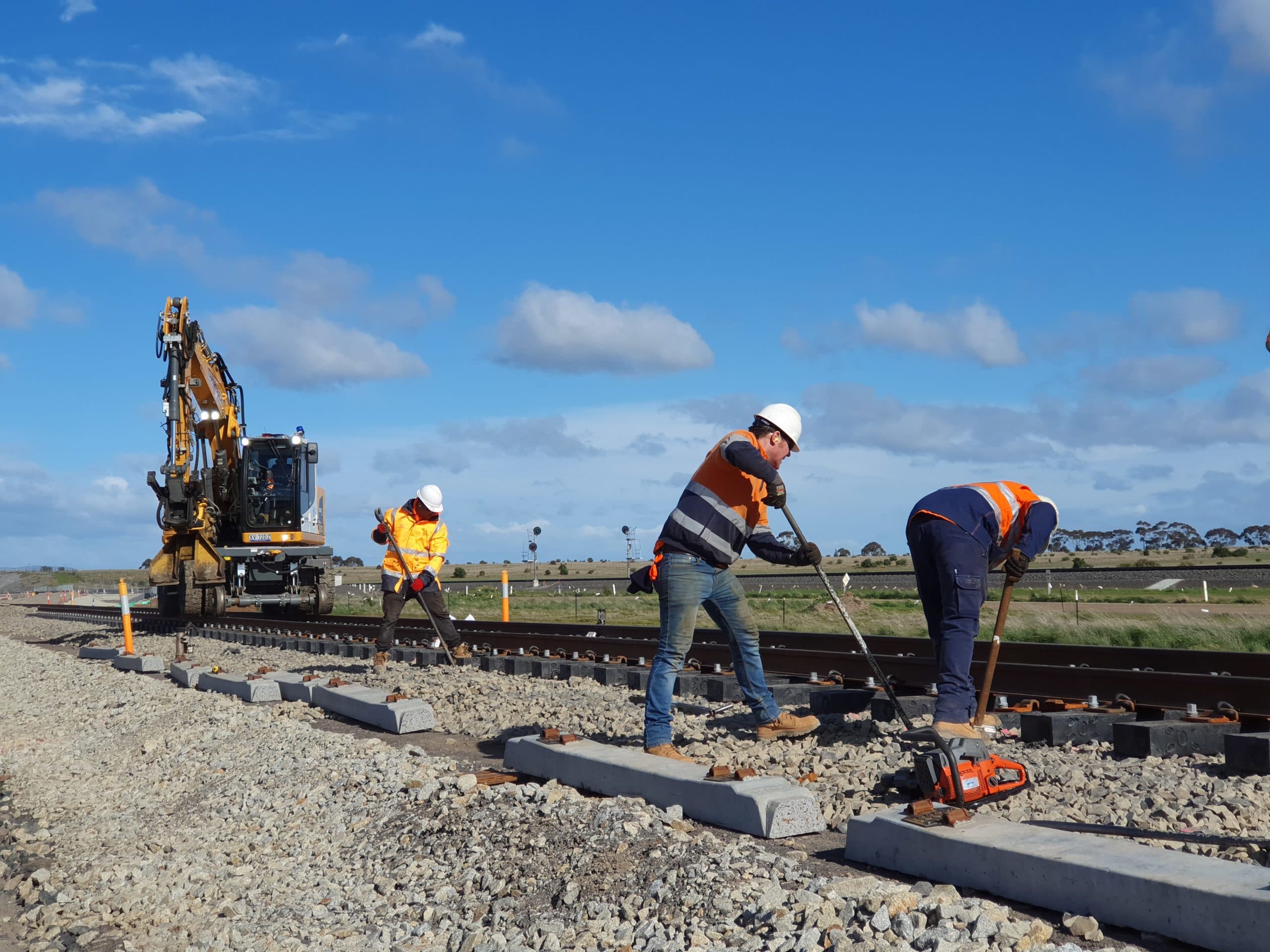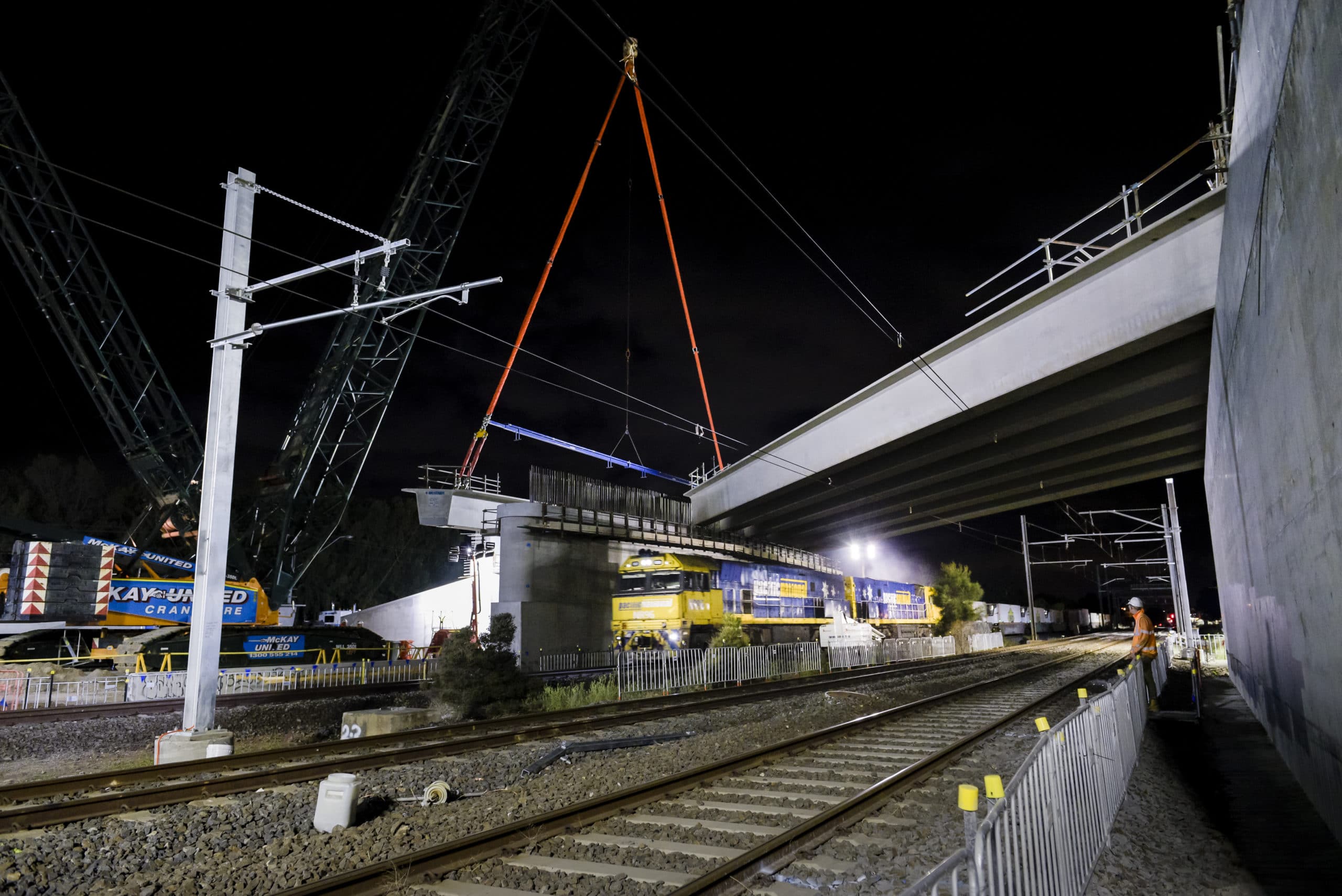The Level Crossing Removal Project (LXRP) was established by the Victorian Government to oversee one of the largest rail infrastructure projects in the state's history. LXRP is part of the Major Transport Infrastructure Authority and our projects fall under Victoria’s Big Build. Central to the project is the elimination of 75 level crossings across metropolitan Melbourne by 2025, in addition to other rail network upgrades such as new train stations, track duplication and train stabling yards.
This ISCA submission relates to two packages of work. The level crossing at Aviation Road, Laverton was removed by moving the road onto a new bridge over the railway line, connecting Maher Road to Aviation Road and Triholm Avenue. The location is surrounded by local residents, small business and a Department of Defence site.
Wyndham Vale Stabling project is a new train storage yard for regional trains which was essential to meet interpeak stabling needs for V/Line trains operating on the regional rail network, while also ensuring there is capacity to house additional trains in the future. The project involved construction of a stabling yard, driver facilities and a bypass track connected to the Geelong line, which will allow trains to access the facility without delaying passenger services.
Rating Highlights:
34% reduction in energy from mainly due to use of solar during construction and operation, 34% reduction in potable water use (20ML saved through use of Class A water connections, rain water harvesting for reuse during construction and operation as well as water efficient fittings and fixtures), over 1000T on CO2e saved from a reduction in the amount of materials and use of recycled materials.
10 innovation points obtained through use of Australian First use of relocatable solar for civil infrastructure, and Australian first use of composite sleepers as a concrete replacement, use of reconophalt asphalt in Victorian civil infrastructure project and use of recycled glass sand as bedding material.


